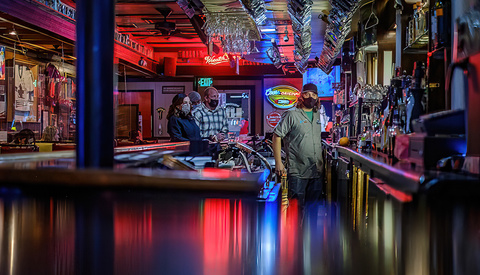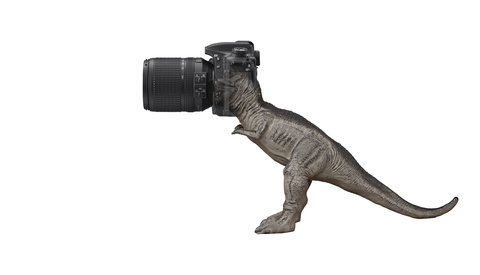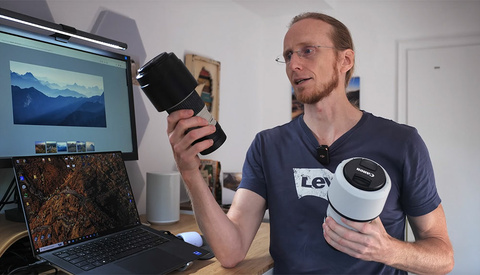Why Is My Mom's Fridge Better Than My New Sony Mirrorless Camera?
Canon’s recently released financial results don’t bode well for the Japanese manufacturer, nor the market more broadly. As much as the executives want to blame camera phones, the truth is that the industry is finally adjusting to a huge marketing con and a total inability to react to social technology. If you want to know why, it's time to examine my Mom's fridge.
































![No Joke: You Can Make Money by Upgrading to the iPhone 7 [UPDATED x4]](https://cdn.fstoppers.com/styles/med-16-9/s3/lead/2016/09/iphone-7-for-free-make-money-by-getting-the-new-iphone-7.jpg)
















